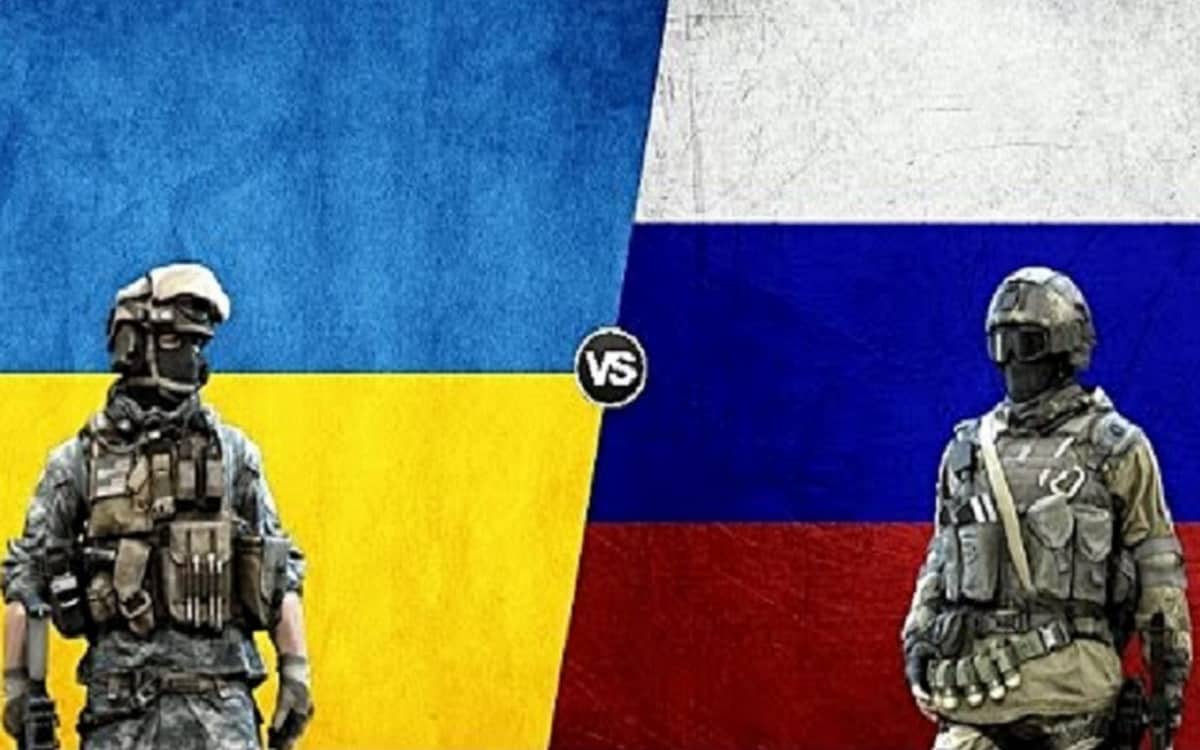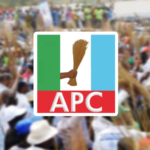As the heightened tension on the Russia-Ukraine border subsides with Russia’s gradual albeit partial withdrawal of its combat-ready troops, the power politics behind the whole crisis continues to unfold.
Over the past several weeks, Russia’s massive military buildup towards the border triggered fear across major Western capitals of its looming invasion of Ukraine. The hallmarks of impending war were all over the place. The global media was awash with frightening analyses warning of a possible confrontation. Many countries advised their citizens living in Ukraine to either leave or remain on the alert, while other countries advised would-be travellers to reconsider travelling there.
Meanwhile, diplomatic efforts went into high gear to prevent further escalation and douse the attendant tensions. Politicians and diplomats in Washington, Paris, Berlin and other major Western capitals were deeply absorbed in frantic efforts in that regard.
Also, though all along Ukraine has maintained its “readiness” to defend itself in the face of Russian aggression, that’s rightly seen as a mere face-saving tactic. After all, its officials and diplomats were out there literally begging for de-escalation. At the height of the tensions, Ukraine’s ambassador to Britain, Vadym Prystaiko suggested that, for the sake of peace, his country may reconsider its ambition to join the North Atlantic Treaty Organisation (NATO), which Russia is bent on preventing at any cost; though the ambassador subsequently retracted the remarks, apparently under pressure.
Interestingly, however, Russia actually never had any intention of invading Ukraine, in the first place, after all. President Putin has only resorted to playing power politics that way to blackmail both Ukraine and NATO into abandoning the planned inclusion of the former in the latter. The US and its NATO allies are already aware of that, yet they feigned tactical naivety while exaggeratedly warning of an impending Russian invasion of Ukraine to portray the former as a belligerent country hell-bent on bullying the weaker countries.
Anyway, since coming into power two decades ago, Russia’s President Vladimir Putin has been increasingly committed to reviving and assuming the role of the former Union of Soviet Socialist Republic (USSR), which collapsed in 1991; a development that resulted in the springing up of 15 sovereign countries, including Russia, in its place.
Russia somehow ended up with the largest territorial share and the Soviet’s military arsenal, which made it the largest country on earth and the second largest military power in the world.
The former Soviet Union had led a NATO rival alliance known as The Warsaw Treaty Organization (WTO) amid raging geopolitical and global power struggle (Cold War) between the US-led West and its allies, on the one hand, and the Soviet-led East and its allies, on the other.
However, amid worsening turmoil and towards the Soviet’s eventual breakup, WTO was dissolved in 1990 in the wake of the collapse of the Berlin Wall that signalled the reunification of the Soviet-inclined socialist East Germany and the US-inclined capitalist West Germany, which gave rise to the Republic of Germany.
The collapse of the Soviet Union gave NATO a free hand to expand not only to the traditional former Soviet’s traditional sphere of influence i.e. Central and Eastern Europe where more than 10 countries have joined but also to the former Soviet republics as well, i.e. Estonia, Latvia and Lithuania. Georgia, Ukraine, and Bosnia and Herzegovina have also been recognized as aspiring members, which means their inclusion is just a matter of time.
President Putin rightly considers NATO’s continued expansion to Eastern Europe a strategy aimed at sabotaging Russia’s geopolitical influence in the region and beyond. NATO is worried about Putin’s increasingly growing geopolitical and global influence at the expense of its members. Though many countries in the region have already joined NATO, President Putin has been committed to reversing the trend and frustrating further inclusions. In that regard, he is particularly interested in Ukraine, Kazakhstan and Belarus for their particular significance to Russia’s strategic interests.
Though Putin may not invade Ukraine, he isn’t likely to abandon his plan to impose a Russia-influenced political reality in the country that would frustrate the insistence of the country’s current Western-influenced political elite to join the organisation.
NATO, including the United States and, of course, Ukraine live with the fact that tackling Russia militarily was/is never an option, and won’t be in the foreseeable future, either. Russia isn’t only disproportionately stronger than Ukraine, but, being the second-largest military power on earth, is also too strong to be tackled even by the United States and the other NATO members combined. A full-scale war between Russia and, say, the US or any equally major military power wouldn’t only culminate in the annihilation of the warring parties but would equally cause the annihilation of most, if not the entire, world, for that matter.
Likewise, even economic sanctions won’t work in this regard, because major European economies including Germany, which is the largest, depend largely on Russian gas. Besides, about 70 per cent of foreign investments in Russia are owned by some NATO members. Other mutual economic interests equally explain the counterproductive effects of full-scale economic sanctions against Russia on Europe’s major economies as well.

 Join Daily Trust WhatsApp Community For Quick Access To News and Happenings Around You.
Join Daily Trust WhatsApp Community For Quick Access To News and Happenings Around You.


